Safety Valve For Steam Systems: Structure, Operation Principles & Selection Guide 2025 | Phuc Minh Engineering
SAFETY VALVE FOR STEAM SYSTEMS: STRUCTURE, OPERATION PRINCIPLES & SELECTION GUIDE 2025 | PHUC MINH ENGINEERING
1. What is a Safety Valve?
A Safety Valve is a mandatory pressure-protection device used in boilers, steam pipelines, heat exchangers, and pressure vessels.
When system pressure exceeds the set value, the valve automatically opens to release steam, helping to:
-
Prevent boiler explosion
-
Reduce sudden pressure spikes
-
Protect equipment and operators
-
Maintain stable and safe operation
Phuc Minh Engineering is a trusted supplier of EN/ASME-standard safety valves in Vietnam:
📞 0902 800 728 – 0907 450 506
📩 info@pm-e.vn
2. Structure of a Safety Valve
A standard steam safety valve consists of:
-
Body – brass, cast iron, carbon steel, stainless steel
-
Spring – adjusts the set pressure
-
Disc – seals and opens during relief
-
Stem – transfers force
-
Cap – protects the adjustment mechanism
-
Outlet – straight or 90°
Safety valves must withstand:
-
High pressure (PN16–PN64)
-
Temperatures of 180–350°C
-
Corrosive or clean environments (depending on material)
3. Operating Principle of a Safety Valve
✅ Normal condition: valve closed
The compressed spring keeps the disc tightly sealed.
✅ Overpressure: valve opens
Steam pressure overcomes spring force → valve pops open → releases steam.
✅ Pressure returns to safe level: valve closes
Spring pushes the disc back to the sealed position.
The valve works fully automatically without electricity or operator intervention.
4. Types of Safety Valves
4.1. By discharge design
| Type | Description | Application |
|---|---|---|
| Direct Spring Relief | Simple, most common | Small–medium boilers |
| Angle Type (90°) | Discharges steam sideways | Remote discharge systems |
| Pilot-Operated Safety Valve | High accuracy | Large industrial plants |
4.2. By material
-
Brass – clean steam, low pressure
-
Cast iron – medium boilers
-
Carbon steel – high-pressure steam
-
Stainless steel 304/316 – chemicals, food industry
5. Applications of Safety Valves
Safety valves are essential in:
✅ Steam boilers
✅ Steam distribution lines
✅ Heating systems
✅ Autoclaves & dryers
✅ Pressure vessels
✅ Food, textile, wood, chemical, F&B factories
6. How to Select a Safety Valve (2025 Guide)
6.1. Key selection criteria
-
Set Pressure
-
Choose working pressure + 10–15%
-
-
Valve size (DN15–DN100)
-
Based on required relieving capacity
-
-
Material selection
-
Clean steam → Brass
-
Medium boilers → Cast iron
-
High temp/high pressure → Carbon steel or stainless steel
-
-
Standards
-
EN ISO 4126, ASME Section VIII, JIS
-
-
Connection type
-
Threaded: DN15–DN25
-
Flanged: DN25–DN100
-
7. Common Mistakes When Choosing Safety Valves
❌ Selecting by pipe size only
❌ Ignoring required relieving rate
❌ Using threaded valves for high pressure
❌ Incorrect set pressure adjustment
❌ No periodic inspection
8. Signs a Safety Valve Is Faulty
-
Continuous steam leakage
-
Valve does not fully close
-
Strong vibration during discharge
-
Blocked due to debris
-
Weak spring → incorrect set pressure
➡ Immediate maintenance or replacement is required to prevent boiler explosion risks.
✅ 9. Why Choose Phuc Minh Engineering?
Phuc Minh provides:
✅ Engineering consultation based on EN/ASME standards
✅ Genuine products with full CO/CQ documents
✅ Installation – inspection – maintenance services
✅ Available stock from DN15–DN100
PHUC MINH ENGINEERING CO., LTD
🌐 Website: https://pm-e.vn
📞 Hotline: +84 902 800 728 – +84 907 450 506
📧 Email: info@pm-e.vn
PME is committed to providing optimized, effective, and sustainable solutions to help manufacturers reduce costs and enhance competitiveness.
Related News

What Is a PID Controller? Principles, Structure & Real Industrial Applications (2025)
07/11/2025
In every modern factory—from steam systems, compressed air, HVAC, chemicals, food and beverage to pharmaceuticals—the PID Controller plays an extremely important role in keeping systems stable, safe, and energy-efficient. A PID controller is considered the “brain” of an automation system. It continuously maintains the Process Value (PV) close to the Setpoint (SP), minimizes fluctuations, and optimizes overall performance.

What Is a Flowmeter? Types & Industrial Applications – Complete 2025 Guide
07/11/2025
Flowmeters play a critical role in modern factories, where accurate measurement of steam, air, water, chemicals, and industrial gases directly affects production efficiency and energy cost. Even a small measurement deviation can lead to massive losses each year. That’s why a flowmeter is considered an essential device in every piping system. This article from Phuc Minh Engineering (pm-e.vn) explains what a flowmeter is, how it works, the most common types, and how to select the right flowmeter for your plant.

What Is a Steam Trap? Classification – Structure – How to Select the Right Trap for Steam Systems (2025 Guide) | Phuc Minh
07/11/2025
A steam trap is a device used to discharge condensate while retaining live steam inside pipelines or steam-using equipment. Its main functions include: Removing condensate at the right time Preventing steam loss Improving heat transfer efficiency Protecting equipment from water hammer Reducing boiler fuel consumption A steam trap acts like an “automatic valve” that distinguishes steam from condensate based on temperature, pressure, and density.

What Is a Pressure Reducing Valve? Structure – Working Principle – How to Select the Best PRV for Industrial Plants (2025)
07/11/2025
A Pressure Reducing Valve (PRV) is a device used to reduce high inlet pressure to a stable, lower outlet pressure, helping protect piping systems, instruments, and machinery while improving operational safety. PRVs are widely used in: Steam systems Compressed air, gas, nitrogen Clean water – process water – chilled water Oil, chemicals, and other industrial media

What Is a Flowmeter? Classification & Industrial Applications – Detailed Guide 2025
07/11/2025
Learn what a flowmeter is, how it works, the types of flowmeters for steam, gas, water, and oil, and how to select a technically compliant flowmeter for your plant.









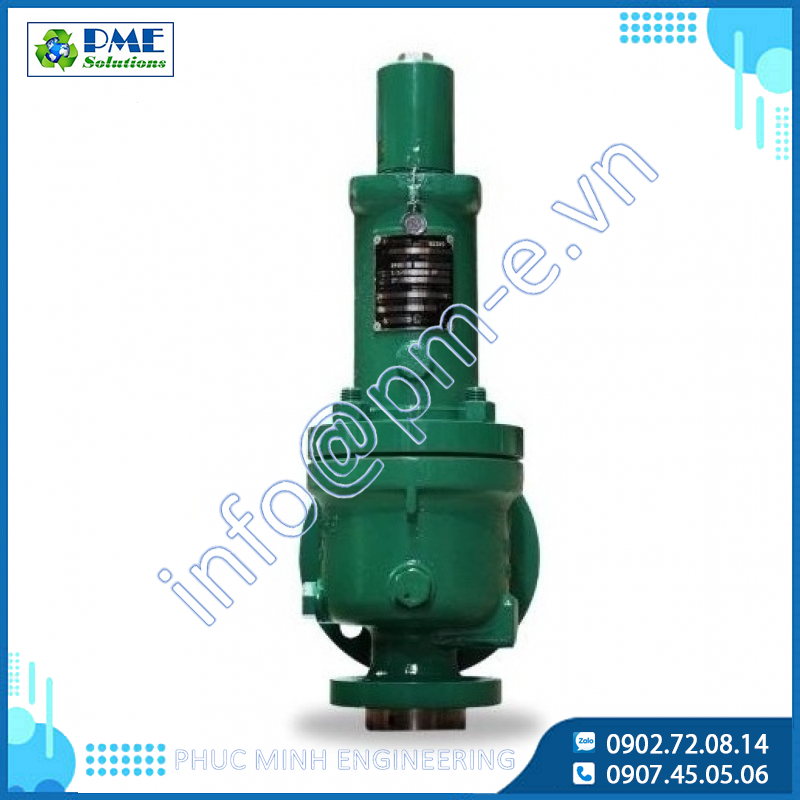
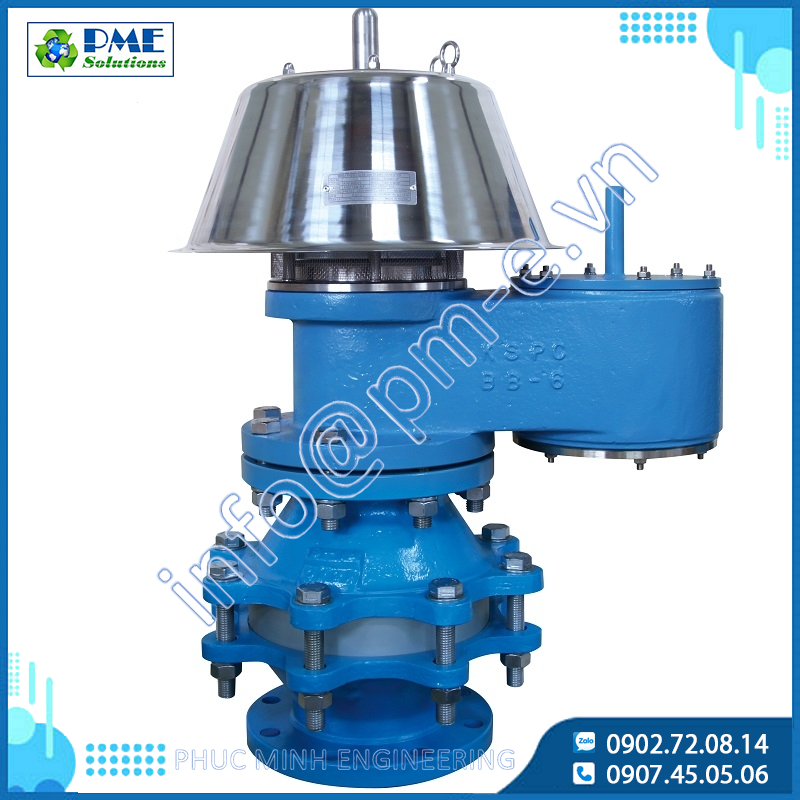
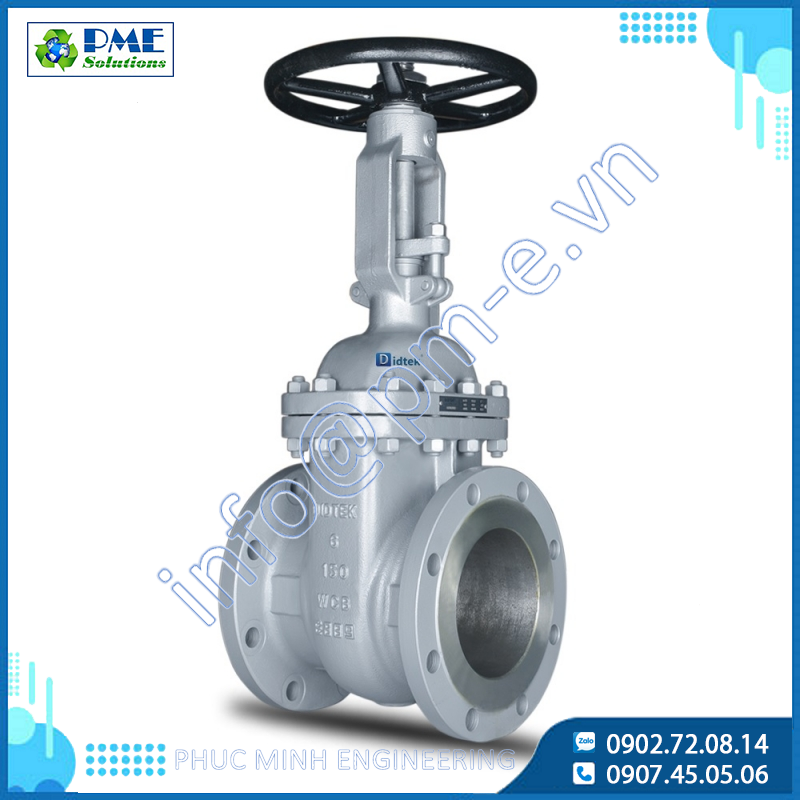
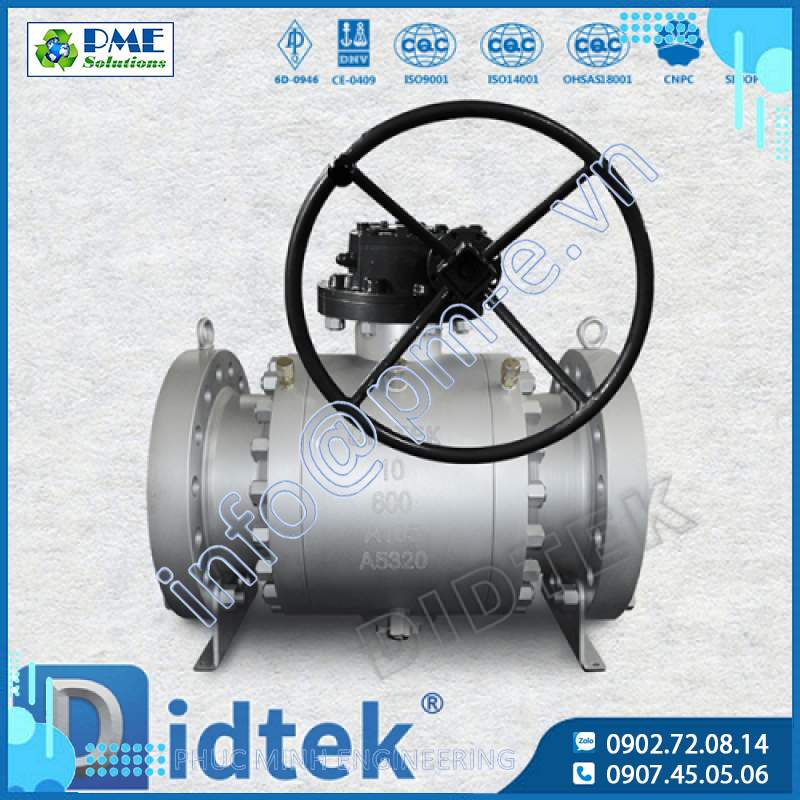
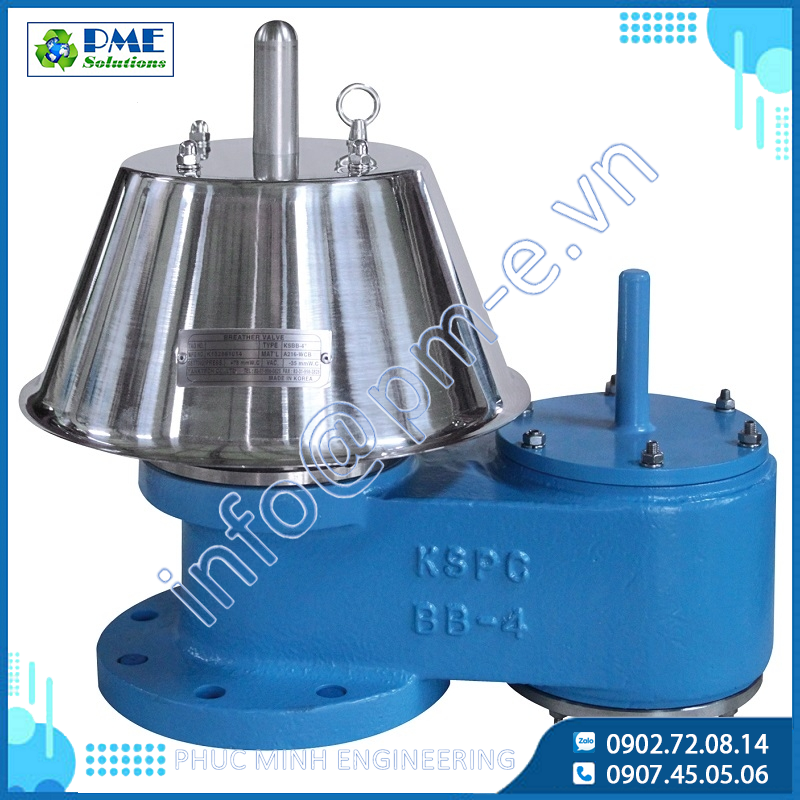


.png)






